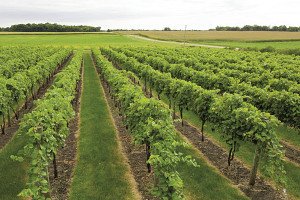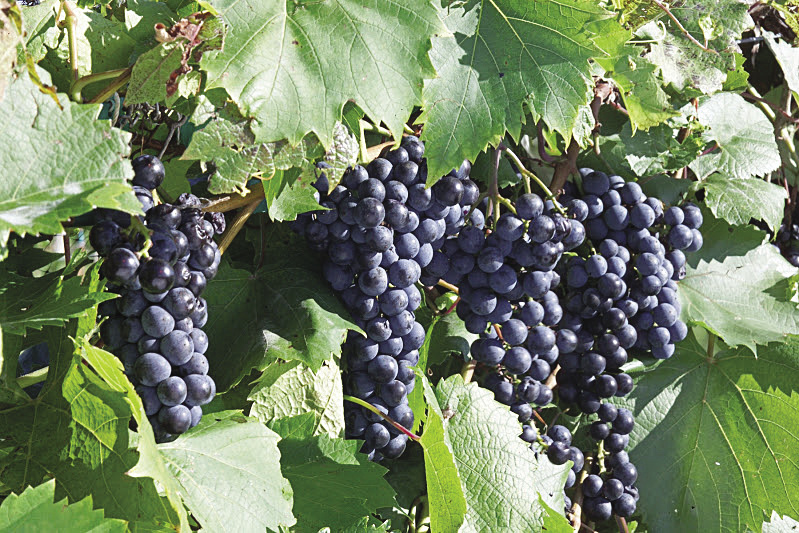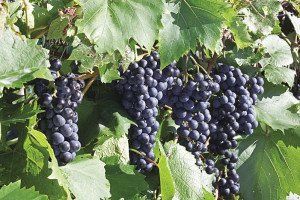When someone mentions vineyards, wineries and wine tastings, the wine regions of places like California, Chile, France or Canada’s Okanagan and Niagara come to mind, not images of harvesting wine grapes in the winter cold climates of the Northern Wilds. Yet, there are vineyards and wineries in northern Minnesota that make award-winning wine with northern-grown grapes. For decades, University of Minnesota (U of M) has been a leader in developing cold-hardy grapes.

The U of M is recognized as one of the top wine grape research programs in the country, with the goal of developing high-quality, cold-hardy and disease-resistant wine grape cultivars. The wine grape breeding program began in the mid-’70s, and in 2000, an enology lab and research winery opened at the Horticultural Research Center.
Today more than 12,000 experimental vines are cultivated on 12 acres. Thousands of seedlings are produced each year using a diverse genetic base that includes classic Vitis vinifera cultivars, quality French hybrids, and hardy, disease-resistant selections based on Vitis riparia, Minnesota’s native grape.





